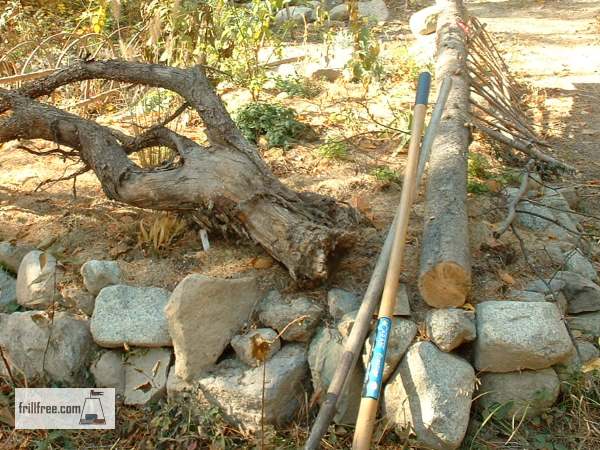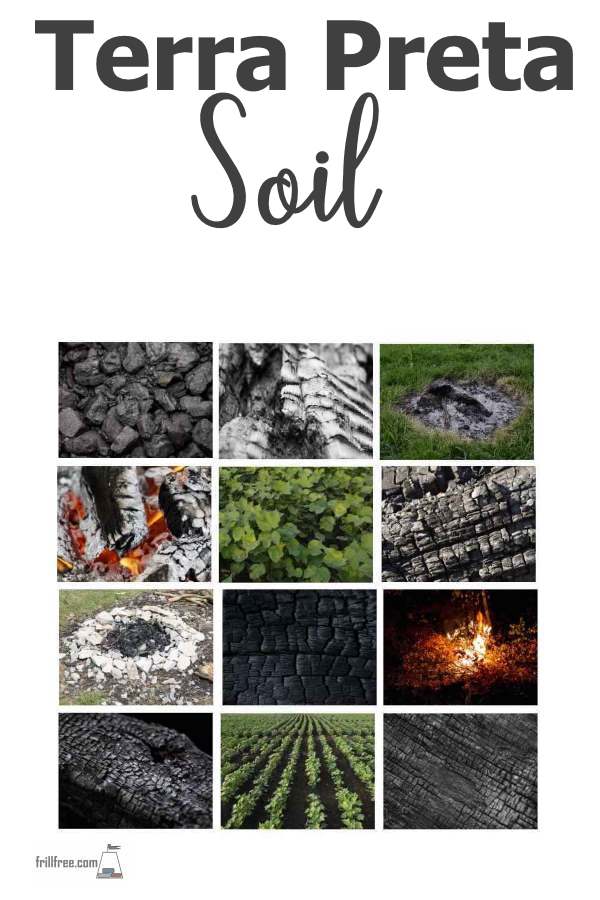- Homesteading
- Soil Fertility
- Terra Preta Soil
Terra Preta Soil
The Black Earth of the Amazon
Long before I even knew what terra preta soil was, I was busy clearing the area that eventually became my Sedum and succulent nursery using the very same techniques that the Amazon native people used for centuries to create their productive and sustainable gardens.
I called it ‘the one woman and a potato rake method of land clearing’ which included starting a small fire to reduce the twigs and brush and kill the roots of weeds.
As each area was cleared, I would move the fire over to the next spot to be cleared.
Little did I suspect that I wasn’t inventing the method; it had been developed centuries before on another continent.
The Amazons used their gardens of terra preta soil for growing vegetables and fruit to feed what is now known to be a huge population; I use mine for growing hardy succulents, but the methods are the same.
Biochar, the charcoal that is utilized for carbon sequestration in the soil is produced by burning the wood waste or crop refuse.
The gardener allows it to smolder after covering it with soil to cut off the oxygen.
The biochar made in this way will stay almost unchanged in the soil for many years, harnessing the minor nutrients needed by subsequent crops.
The first Europeans who saw the soil and the crops it produced in the Amazon were amazed.
The name they gave it of terra preta means black soil, from the colour of the charred wood in the garden beds.
Some of the terra preta soils were over 60cm (two feet) deep, and in some cases unfired pottery was also found within it.
It is not known what the purpose of the pottery was, and is assumed that it was made especially to use as a drainage layer in the otherwise heavy soil.
 Using only a few primitive tools you can make an incredible garden, along with fire
Using only a few primitive tools you can make an incredible garden, along with fireTests are still being done on the micro fauna in the soil.
It’s thought that the ancient Amazon gardeners developed a system of transporting soil from one place to the next to seed the new plot with the special bacteria associated with the terra preta soil.
We’ll never know, as the population of the gardeners was wiped out by diseases imported from Europe.
The Amazon gardeners were true sustainable gardeners, taking their food crops off the same gardens for many seasons, every year burning and burying the biochar and using many other methods of creating and building their soil such as composting, a far cry from the wholesale rainforest burning tactics of the modern age.
















